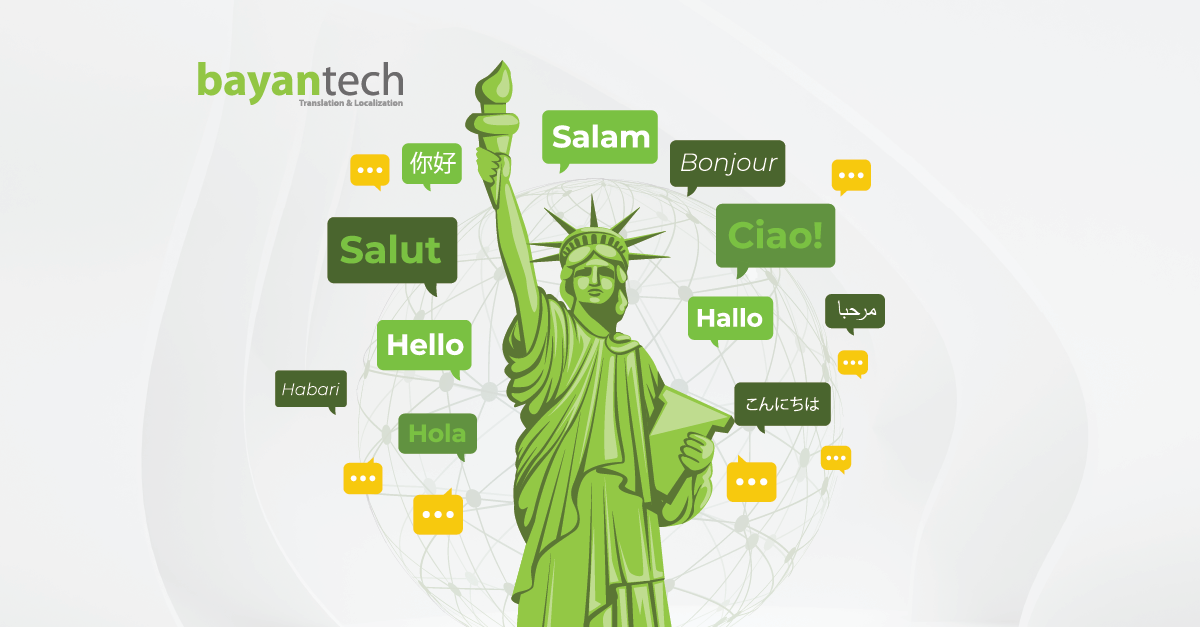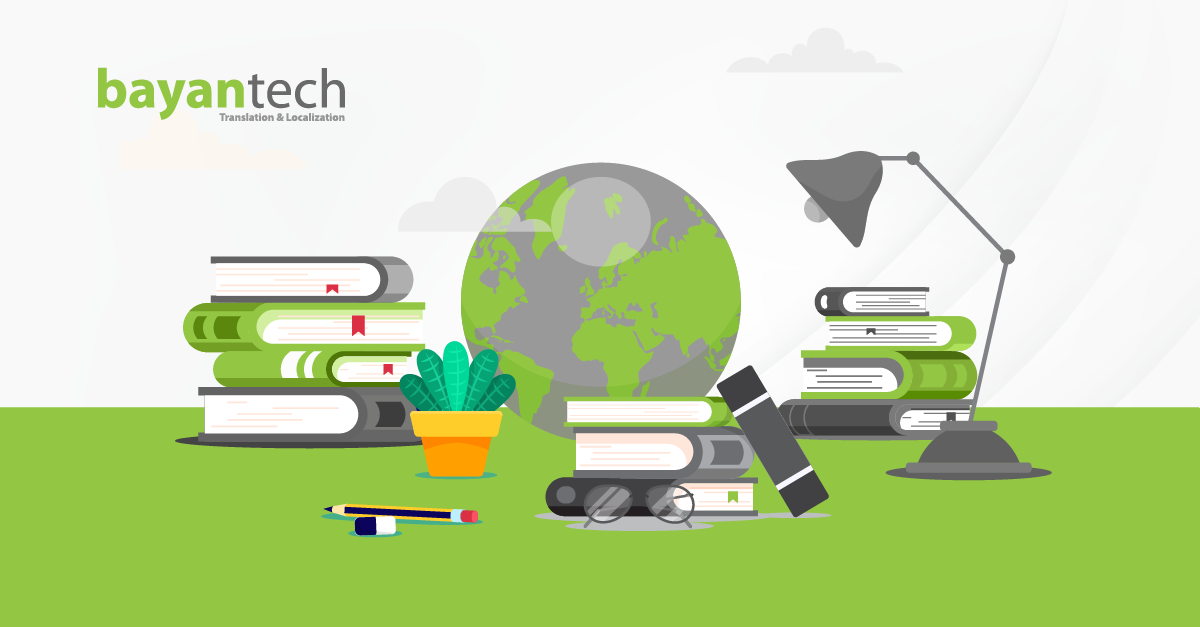It’s called a melting pot for a reason: the US is one of the most linguistically diverse countries in the world, with over 350 languages spoken nationwide.
According to the US Census Bureau, more than 1 in 5 people speak a language other than English at home.
With 22% of the nation being bilingual, and a rich blend of different cultures and ethnicities shaping everyday life, understanding spoken language data in the US is crucial for businesses that want to truly connect with their audience.
So, let’s break down the most common languages spoken in the US and how localization can help you craft campaigns that resonate across the US market.
From English to Spanish, the Most Common Languages Spoken in the US
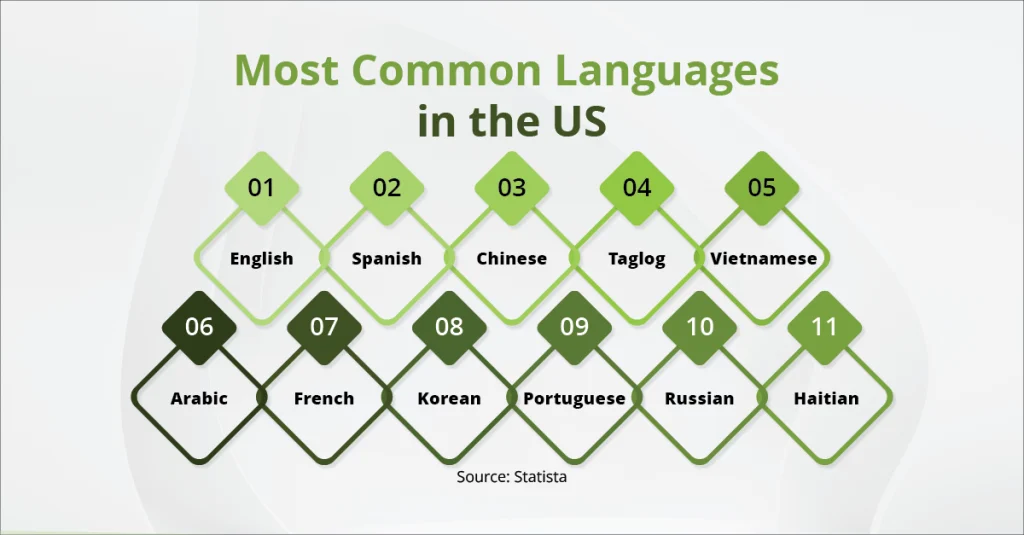
Out of a population of over 340 million people, around 243.1 million speak only English at home, while approximately 67.2 million speak a language other than English.
Spanish is the most widely spoken language in the US after English, with over 43 million speakers (according to Statista).
And contrary to common belief, there isn’t one standard Spanish dialect in the US; multiple dialects (like Cuban, Puerto-Rican, and Mexican Spanish) are spoken across different regions.
Following Spanish, Chinese is the next most common language, with around 3.46 million speakers, largely due to waves of Chinese immigration that began in the 1850s and continued for decades.
Other widely spoken languages include Tagalog, Vietnamese, Arabic, and French. Cities like Los Angeles, New York City, San Francisco, and Houston have become true multilingual hubs, where dozens of languages are part of daily life: in schools, workplaces, and local communities.
Thanks to long histories of immigration and vibrant multicultural communities, these areas have some of the highest concentrations of bilingual speakers in the country.
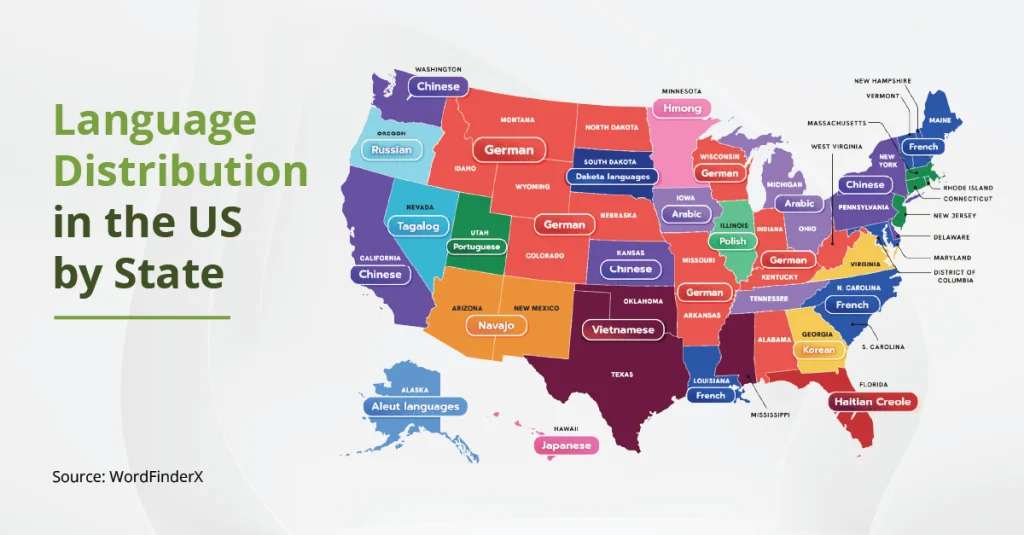
What the Data Says: Foreign Language Growth in the US
Throughout its history, the United States has seen its language landscape change dramatically.
From Native American languages to English and later a mix of European tongues, the country has evolved into a rich tapestry of voices, thanks to waves of immigration over the past two centuries.
Many immigrant families arrived in the US speaking their native languages at home, like Spanish, Chinese, Arabic, Hindi, Korean, and many others.
Over generations, some have retained fluency in their mother tongue, while others have shifted primarily to English. These intergenerational patterns continue to shape the country’s language diversity today.
For businesses, healthcare providers, and educators, this isn’t just an interesting fact—it’s a call to action.
Meeting people where they are linguistically builds trust and ensures access to essential services. It’s also why localization strategies are becoming more important than ever for organizations seeking to truly serve America’s diverse population.
Adapting to a Multilingual America: Why This Matters for Your Business
Expanding in the US means more than just having English-language materials ready.
With millions of people speaking a language other than English at home, businesses that overlook this diversity risk leaving entire audiences behind.
Here’s why it matters:
- Serving non-English speakers effectively:From customer support to in-store signage, speaking the language of your audience removes barriers. Now, many major retailers and banks offer Spanish-language apps and helplines because they know a one-language approach doesn’t cut it anymore.
- Compliance isn’t optional:In industries like healthcare and government services, providing documents in multiple languages isn’t just good practice; it’s often a legal requirement. Hospitals, for instance, must ensure patients fully understand medical instructions regardless of their native language.
- Opportunities in marketing, eCommerce, and education:Multilingual product descriptions, localized ads, and translated online courses build accessibility and boost conversions. Amazon and Netflix, for example, have thrived in part because they adapt their platforms to dozens of languages.
- Building trust and inclusivity:When businesses make an effort to communicate in their audience’s language, it shows respect and understanding. This leads to stronger relationships, positive word of mouth, and long-term brand loyalty.
Bottom line: Ignoring language diversity in a market as vast and varied as the US means missed opportunities and potential compliance risks.
How to Cater to the US Language Landscape with Accurate Localization
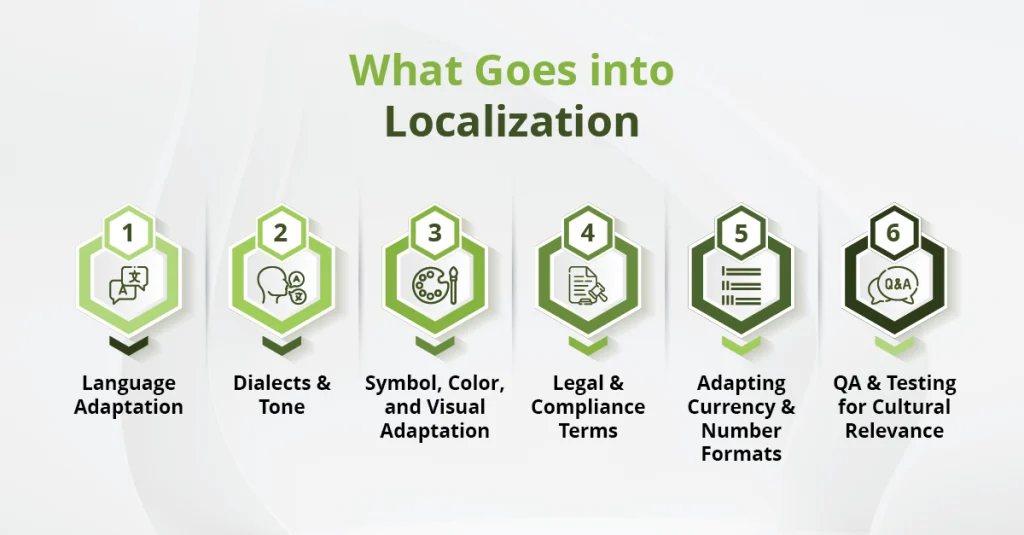
Here’s how localization can look different for different industries:
- Education: Translating school resources and parent communications into Spanish, Mandarin, or Vietnamese ensures every student has equal access to education.
- Government services: City councils regularly release notices in multiple languages. Mandarin, for instance, is vital in metro areas like San Francisco. Explore our Chinese translation services.
- eCommerce: Localizing product descriptions, checkout pages, and support content builds trust and drives conversions.
Certified linguists with cultural and linguistic expertise help institutions deliver messages clearly and accurately, building stronger connections with multilingual communities.
Tech Can Help in Translation, but It’s Not the Whole Solution
With so many languages spoken in the US, technology has made it easier to bridge communication gaps. Tools like real-time translation and AI-powered subtitles can help businesses connect with non-English speakers faster.
But there’s still an issue: tech alone can’t guarantee accuracy or cultural relevance. Automated translations often miss local nuances or dialect differences.
For example, a brand expanding into Louisiana needs culturally relevant French translation services that feel natural to local speakers, not just a generic European French version.
That’s why combining technology with certified translators is essential. It gives you speed and accuracy while ensuring your message resonates with every audience you’re trying to reach.
Ready to Speak to America’s Diverse Audiences?
Is your business truly connecting with the diverse, non-English-speaking audiences in the US?
Consult with us for tailored localization strategies by region and language. bayantech delivers solutions in over 120 languages, including document translation, multilingual customer support, subtitling services, and more.
Contact us today to explore our US market localization solutions and reach millions more effectively.

